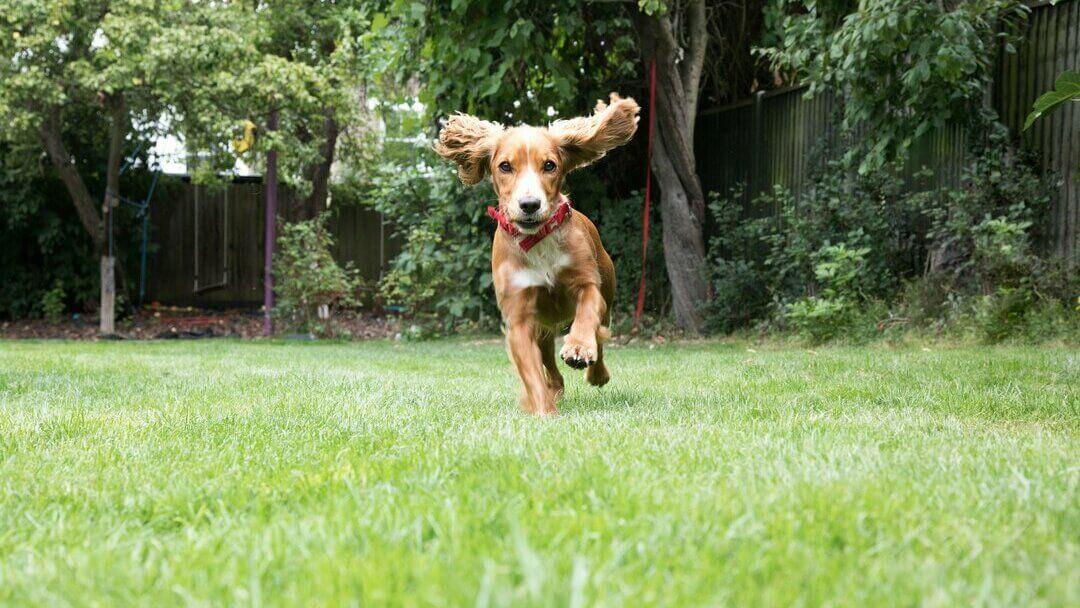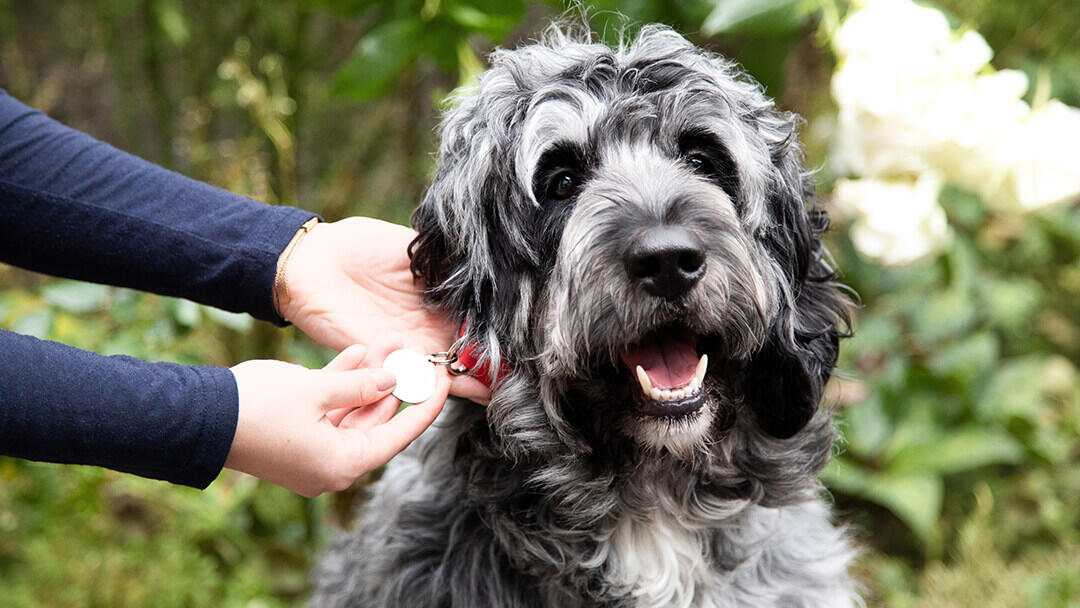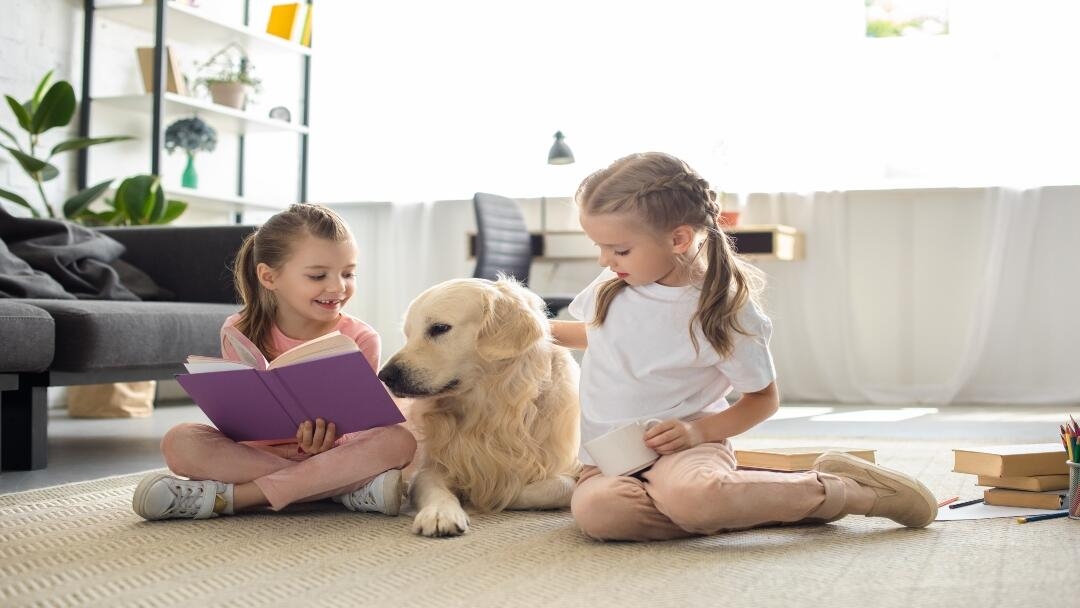
They are slow to mature, both mentally and physically, retaining puppy-ish behaviour well into their 3rd year of age, and this must be taken into account when considering this breed. A 3-year-old puppy of full adult height is capable of being a nuisance and a danger, even though their intention will be fun and games!














